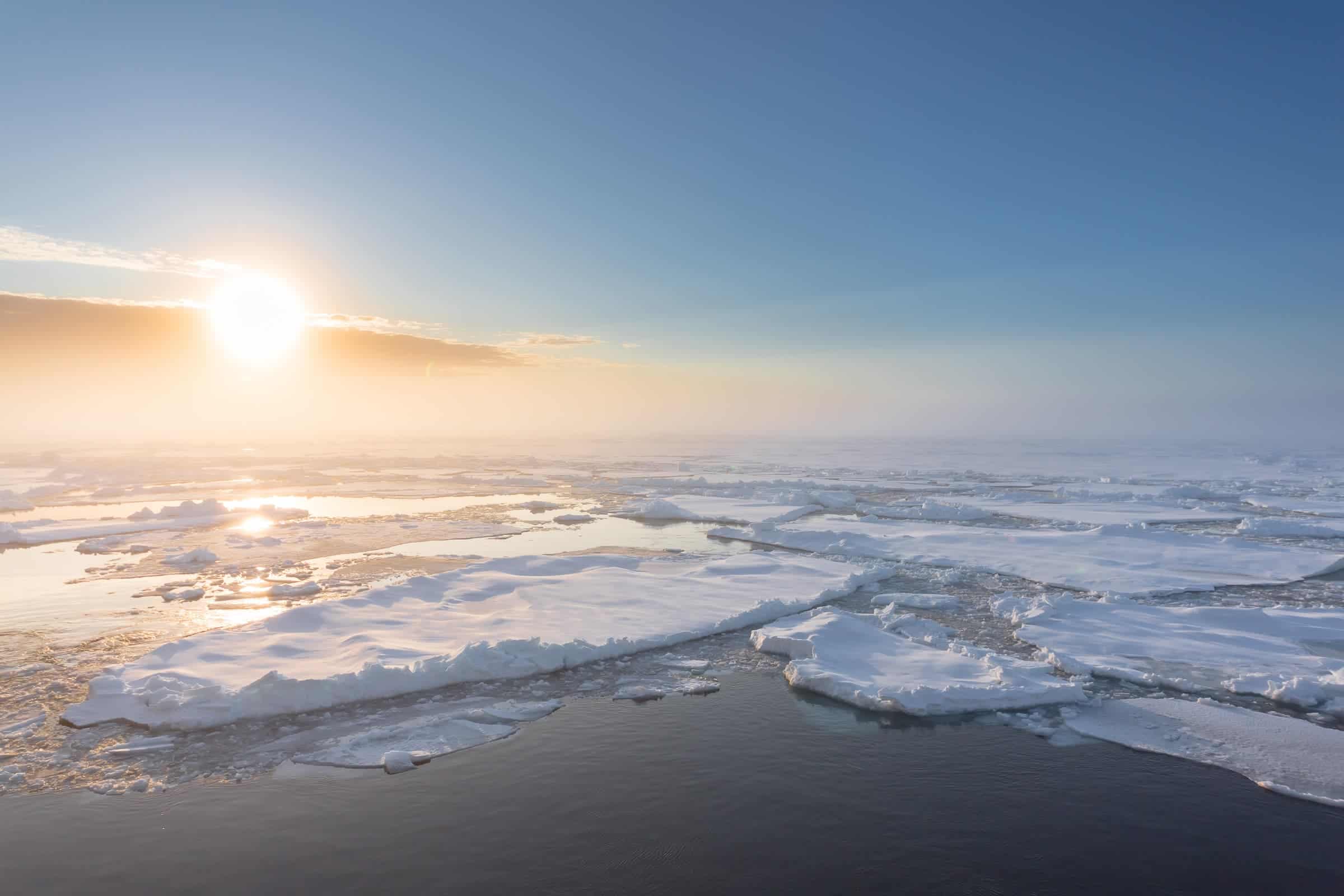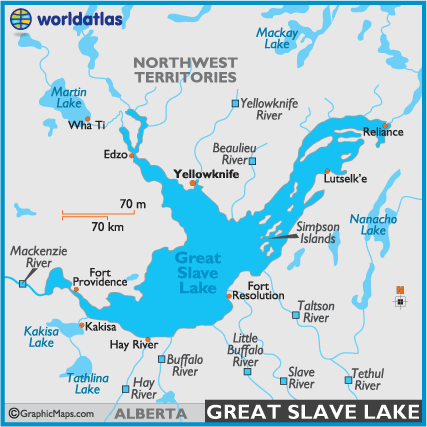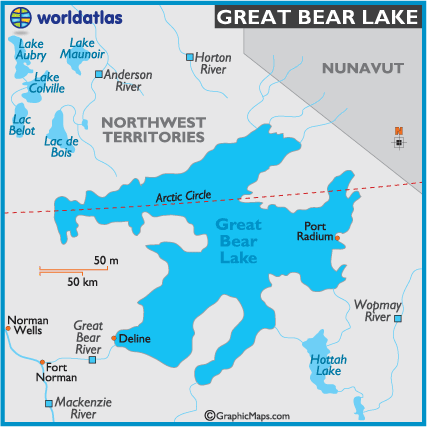Native Arctic Species
The Arctic Circle is populated with a diverse variety of creatures. Some native land species include Arctic foxes and wolves, Musk Oxen, Reindeer, and of course polar bears. The native creatures of the sea are Narwhals, orcas. walruses. These creatures live off the Arctic land and sea. There are a variety of plants and freshwater sources to support these animals. Yet, climate change is drastically changing their way of life. The sea ice is melting at a fast rate which is affecting the animals since they cannot adapt fast enough. |
| Arctic Narwhals |
Invasive Arctic Species
Since the Arctic sea ice is melting, more and more ships are able to pass through the Arctic. Ships' ballast tanks are full of organisms and most likely invasive species. Ballast tanks are filled with water to weigh down the ships to make them more stable. "When the ship arrives at its destination and it’s time to load more cargo, the ballast water—and any critters and microorganisms in it—is flushed out. Ballast water has transported bacteria like the cholera-causing Vibrio cholera, and bigger organisms such as the European zebra mussel, across oceans, causing billions of dollars worth of damage and potentially spreading disease in the process." (Goodchild van Hilten, 2015). There are invasive species everywhere, in the Arctic, it is most likely that the species would not survive the cold temperature and extreme weather. On the other hand, scientists believe the warming Arctic will increase survival of these introduced species.A research team traveled to Svalbard, a group of islands far north of the Norwegian mainlands, and took samples of ballast water from ships coming into ports. "They identified 23 non-native species, including crabs, barnacles and copepods, in the ballast water. Of those, the team focused their attention on eight, assessing whether they can survive in the conditions in Svalbard today, and in the conditions predicted for 2050 and 2100." (Giller, 2016).
| European Green Crab |
A species known as the European Green Crab was found in the Arctic by researchers is considered among the 100 worst invasive species worldwide by the International Union for the Conservation of Nature. This species eats native shellfish and plankton, starts competition with native crabs and even introduces new types of parasites.
What Are They Doing About It ??
The Protection of the Arctic Marine Environment (PAME) is working with the Conservation of Arctic Flora and Fauna (CAFF) on the Arctic Invasive Alien Species Strategy and Action Plan (ARIAS). The goal is to prevent the introduction of invasive species in the Arctic ecosystems. The Arctic Council is expecting more invasive species to thrive in the Arctic with the ongoing climate change and increased shipping routes. "Rapid climate change is making the region more vulnerable to invasive species introductions, and at the same time a rapid increase in human activity and transit and energy development in the region is increasing the chance of introduction of new and invasive species." (Hjalti, Arctic Invasive Species).
There are many plans the Arctic states have agreed on that are taking place like the Actions for Arctic Biodiversity 2013-2021; the Arctic Marine Strategic Plan (AMSP) 2015-2025; the Arctic Marine Shipping Assessment (AMSA 2009); and the Arctic Ocean Review (2013).
One example:
Regarding the Marine ecosystem the AMSP identified the following actions:
7.1.3 Improve the understanding of cumulative impacts on marine ecosystems from multiple human activity-induced stressors such as climate change, ocean acidification, local and long range transported pollution (land and sea-based), marine litter, noise, eutrophication, biomass overharvesting, invasive alien species and other threats.
7.1.9 Strengthen, where feasible, the collection, observation, monitoring and dissemination of relevant data on the Arctic marine environment. This could include hydrographic and bathymetric data; oceanographic data (including tides and currents) and meteorological information for numerical modelling and forecasting; pollutants; climate change-related impacts (especially ocean acidification); and ecosystem and biodiversity status and trends (including invasive species and other metrics of environmental change).
7.2.5 Develop and encourage the Arctic states to implement common measures and support research into technology and techniques for early detection and reporting of marine invasive species in the Arctic marine environment.
(https://www.pame.is/index.php/projects/arctic-marine-shipping/arctic-invasive-species)
Here you can look at the Project plans!
Project Website:
https://caff.is/invasive-species
There are many plans the Arctic states have agreed on that are taking place like the Actions for Arctic Biodiversity 2013-2021; the Arctic Marine Strategic Plan (AMSP) 2015-2025; the Arctic Marine Shipping Assessment (AMSA 2009); and the Arctic Ocean Review (2013).
One example:
Regarding the Marine ecosystem the AMSP identified the following actions:
7.1.3 Improve the understanding of cumulative impacts on marine ecosystems from multiple human activity-induced stressors such as climate change, ocean acidification, local and long range transported pollution (land and sea-based), marine litter, noise, eutrophication, biomass overharvesting, invasive alien species and other threats.
7.1.9 Strengthen, where feasible, the collection, observation, monitoring and dissemination of relevant data on the Arctic marine environment. This could include hydrographic and bathymetric data; oceanographic data (including tides and currents) and meteorological information for numerical modelling and forecasting; pollutants; climate change-related impacts (especially ocean acidification); and ecosystem and biodiversity status and trends (including invasive species and other metrics of environmental change).
7.2.5 Develop and encourage the Arctic states to implement common measures and support research into technology and techniques for early detection and reporting of marine invasive species in the Arctic marine environment.
(https://www.pame.is/index.php/projects/arctic-marine-shipping/arctic-invasive-species)
Here you can look at the Project plans!
Project Website:
https://caff.is/invasive-species
Sources
Contributor, Guest. “Arctic Wildlife Vs Antarctic Wildlife.” Zegrahm Expeditions, Feb. 2018, 1, www.zegrahm.com/blog/arctic-wildlife-vs-antarctic-wildlife.
“Wildlife.” Wildlife | WWF Arctic, arcticwwf.org/work/wildlife/.
Goodchild van Hilten, Lucy. “Stopping the Stowaways.” Hakai Magazine, 2015, www.hakaimagazine.com/news/stopping-stowaways/.
Giller, Geoffrey. “Arctic at Risk from Invasive Species.” Arctic, News Deeply, 8 Feb. 2016, www.newsdeeply.com/arctic/articles/2016/02/08/arctic-at-risk-from-invasive-species.
Hjalti. “Arctic Invasive Species.” Arctic Invasive Species, www.pame.is/index.php/projects/arctic-marine-shipping/arctic-invasive-species.
Price, Courtney. “Arctic Invasive Alien Species.” CAFF, caff.is/invasive-species.
“Wildlife.” Wildlife | WWF Arctic, arcticwwf.org/work/wildlife/.
Goodchild van Hilten, Lucy. “Stopping the Stowaways.” Hakai Magazine, 2015, www.hakaimagazine.com/news/stopping-stowaways/.
Giller, Geoffrey. “Arctic at Risk from Invasive Species.” Arctic, News Deeply, 8 Feb. 2016, www.newsdeeply.com/arctic/articles/2016/02/08/arctic-at-risk-from-invasive-species.
Hjalti. “Arctic Invasive Species.” Arctic Invasive Species, www.pame.is/index.php/projects/arctic-marine-shipping/arctic-invasive-species.
Price, Courtney. “Arctic Invasive Alien Species.” CAFF, caff.is/invasive-species.







